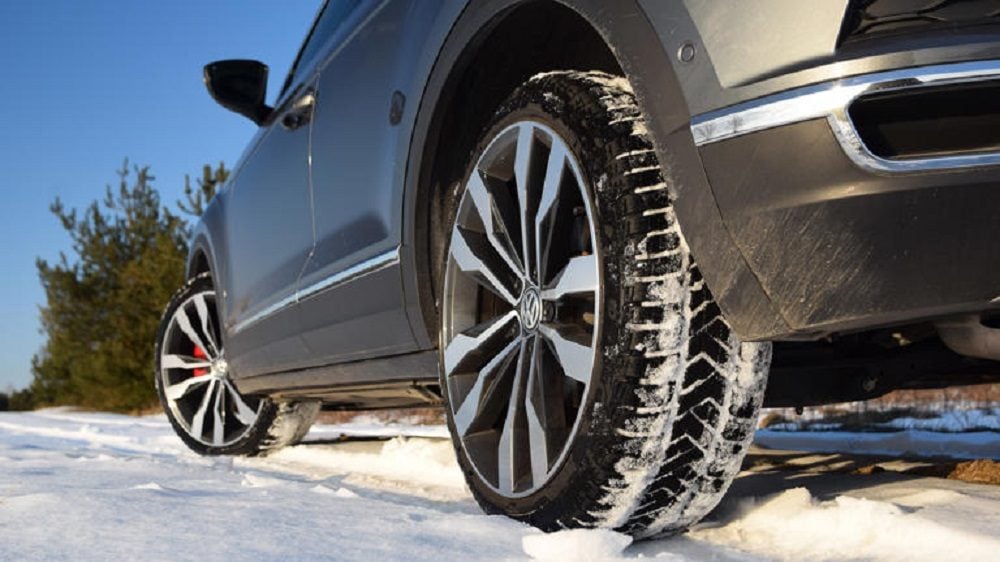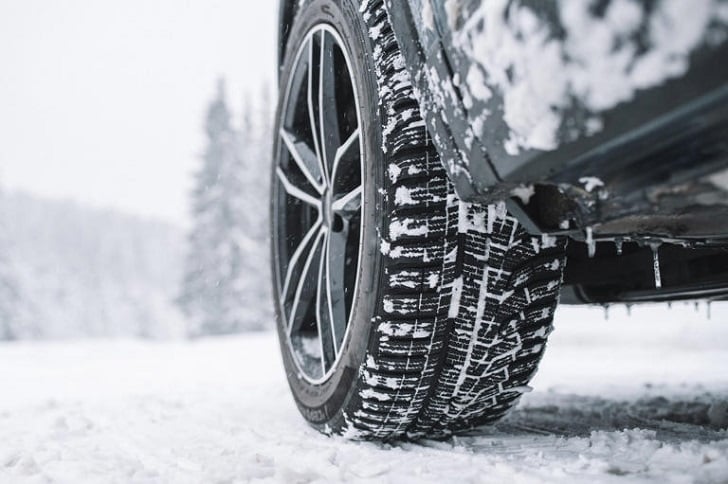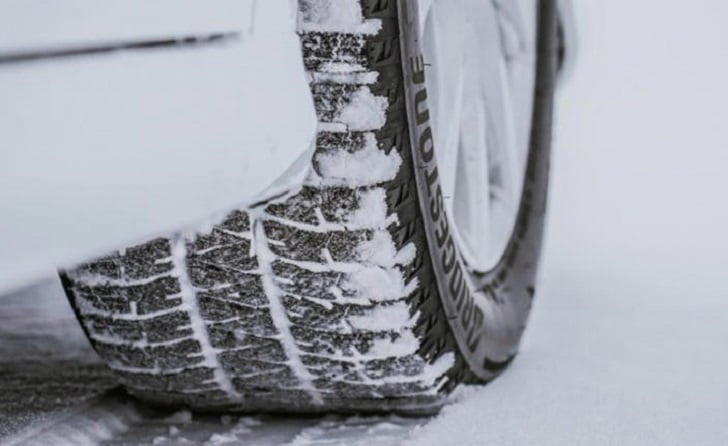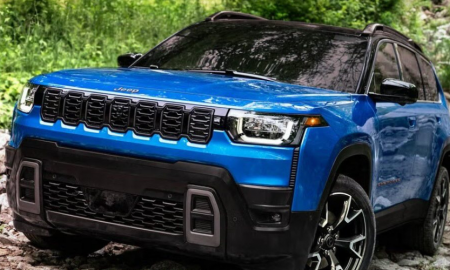
Should You Consider Winter Tires or Stick With All-Season Tires?

Winter tires can significantly enhance road safety during colder months, especially when temperatures consistently drop below 7°C. With their superior grip and handling, these tires offer shorter braking distances and greater stability on icy or snowy roads. However, deciding between winter tires and all-season tires depends on the climate, driving conditions, and personal safety priorities.
How Winter Tires Improve Safety in Cold Weather
Winter tires are engineered specifically for harsh winter conditions. They use a softer rubber compound that stays flexible in freezing temperatures, maintaining grip on icy or wet surfaces. This flexibility ensures better traction, enabling drivers to control their vehicles more effectively.
The tread patterns on winter tires also differ significantly from those on summer or all-season tires. Deeper grooves and specialized sipes channel water, snow, and slush away from the tire’s surface, reducing the risk of aquaplaning and enhancing overall handling. For drivers in areas with frequent frost or snow, winter tires can be a critical safety upgrade.
When Are Winter Tires a Smart Choice
Winter tires are most effective in regions with prolonged cold spells and frequent icy roads. They excel during early morning or late-night drives when frost is most likely to form. Their specialized design ensures reliable performance even on steep, snow-covered roads, making them ideal for drivers in rural or hilly areas.
However, in places where snowfall is rare, the added cost of winter tires may outweigh their benefits. In such cases, drivers may want to evaluate how often they encounter icy or snowy conditions and whether all-season tires can suffice.
Winter Tires vs. All-Season Tires: Key Differences
All-season tires provide a practical compromise for drivers who experience mild winters. These tires combine the features of summer and winter tires, offering dependable performance in moderate conditions without requiring seasonal changes. They are particularly useful in areas where temperatures rarely dip below 7°C.
However, all-season tires cannot match the precision or safety of winter tires in severe cold, snow, or ice. While they handle light frost and occasional snowfall reasonably well, they fall short in extreme winter conditions. Drivers in climates with heavy or frequent snow should prioritize winter tires for added security.

Bob Lacivita | MSN | All-season tires provide a practical compromise for drivers who experience mild winters.
Understanding All-Season Tire Labels
All-season tires often bear markings like “M+S” (mud and snow) or the “3PMSF” symbol (a snowflake inside a mountain). These labels indicate that the tires meet performance standards for light snow and provide moderate cold-weather reliability. Drivers should ensure that their chosen tires align with their region’s typical winter conditions.
All-season tires eliminate the hassle of swapping tires seasonally, making them a cost-effective choice for many. However, their limitations in icy or snow-packed conditions mean they may not suit everyone.
Choosing the Right Tires for Your Needs
Selecting the right tires requires assessing your local climate, driving habits, and safety priorities. For drivers in areas with unpredictable winter weather, winter tires can offer peace of mind and added protection. Conversely, for those in regions with milder winters, all-season tires may provide the convenience and value they need without sacrificing safety.
More inAdvice
-
`
How to Save on Tesla Car Insurance Without Compromising Coverage
Owning a Tesla often brings savings on fuel and a futuristic driving experience, but the conversation changes quickly when it comes...
June 26, 2025 -
`
10 Weird Cars That Turned Heads and Won Hearts
Some cars turn heads with speed, others with luxury—but a rare few grab your attention simply by being delightfully strange. From...
June 20, 2025 -
`
Next-Gen Jeep Cherokee Expected to Arrive by Late 2025
After a break of two years, Jeep is prepared to relaunch the Cherokee brand. The automaker confirmed the return with fresh...
June 12, 2025 -
`
9 Tips to Make Night Driving Safer and Less Frightening
Once the sun dips below the horizon, driving becomes more than just a commute—it becomes a challenge. Limited visibility, harsh glares,...
June 6, 2025 -
`
The Impact of AI on Middle Management and Leadership Dynamics
Artificial intelligence is reshaping modern management practices. While intended to streamline tasks like approving time off or managing internal applications, its...
May 31, 2025 -
`
Car Insurance Rates Were Set to Fall—Then Tariffs Changed the Game
For many drivers, there was reason to hope for some relief on car insurance costs this year. After a strong performance...
May 25, 2025 -
`
Tesla Robotaxi Service to Launch Soon – How Will It Affect Tesla Stock?
Tesla’s stock continues to go up as the business gets ready to launch its long-awaited robotaxi service. Scheduled for June in...
May 16, 2025 -
`
How the U.S. Government Plans to Ease Safety Rules for Self-Driving Vehicles
Something subtle but seismic just happened in the world of autonomous vehicles: U.S. regulators quietly peeled back some of the old...
May 9, 2025 -
`
Wedding Photographer Shares Life-Changing Tip for Grooms
Weddings often carry a mix of nerves and excitement, especially for the groom standing moments away from seeing his partner in...
May 2, 2025
















You must be logged in to post a comment Login